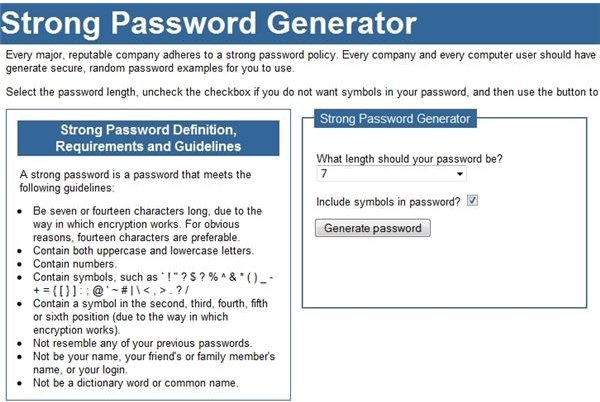
There are also truncated versions of each standardized, known as SHA-224 and SHA-384. They differ in the word size SHA-256 uses 32-bit words where SHA-512 uses 64-bit words. SHA-2: A family of two similar hash functions, with different block sizes, known as SHA-256 and SHA-512.Cryptographic weaknesses were discovered in SHA-1, and the standard was no longer approved for most cryptographic uses after 2010. This was designed by the National Security Agency (NSA) to be part of the Digital Signature Algorithm. SHA-1: A 160-bit hash function which resembles the earlier MD-5 algorithm.Federal Information Processing Standard (FIPS). SHA or Secure Hashing Algorithm is a family of cryptographic hash functions published by the National Institute of Standards and Technology (NIST) as a U.S. In practice the attack is way too slow to be useful. In 2004 a theoretical attack was produced which allowed for weakening the pre-image resistance property of MD-5. The first attacks on MD-5 were published in 1996, this was in fact an attack on the compression of MD-5 rather than MD-5 itself. MD-5 is broken in regard to collisions, but not in regard of preimages or second-preimages. MD-5 is a hashing algorithm which is still widely used but cryptographically flawed as it’s prone to collisions. Some hashing algorithms you may encounter are:


It is infeasible to generate a message that has a given hash.It is easy to compute the hash value for any given message.

When we are talking about cryptographic hash functions, we are referring to hash functions which have these properties: The main difference between hashing and encryption is that a hash is not reversible. It will be easier and faster to query a database for 128-bits than for 2.2 MB of data. This is where hashing can come in handy, instead of comparing the data, you calculate the hash of this data (in reality, several hashes will be calculated for the different locations on the chromosomes, but for the sake of the example let’s assume it’s one hash), which will return a fixed length value of, for instance, 128 bits. You could take all samples and compare 2.2 MB of data to all DNA samples in the database, but comparing 2.2 MB against 2.2 MB of data cant take quite a while, especially when you need to traverse thousands of samples. For instance let’s say you have a DNA sample of a person, this wouldĬonsist of a large amount of data (about 2.2 – 3.5 MB), and you would like to find out to who this DNA sample belongs to. This is often used to ease the retrieval of data as you can shorten large amounts of data to a shorter string (which is easier to compare). Hashing is a type of algorithm which takes any size of data and turns it into a fixed-length of data. In this post I will discuss what hashing is, what salts and peppers are and which algorithms are to be used and which are to be avoided.
#Properties of strong passwords password
We have evolved from plain text password storage, to hashing a password, to appending salts and now even this is not considered adequate anymore. An often overlooked and misunderstood concept in application development is the one involving secure hashing of passwords.


 0 kommentar(er)
0 kommentar(er)
